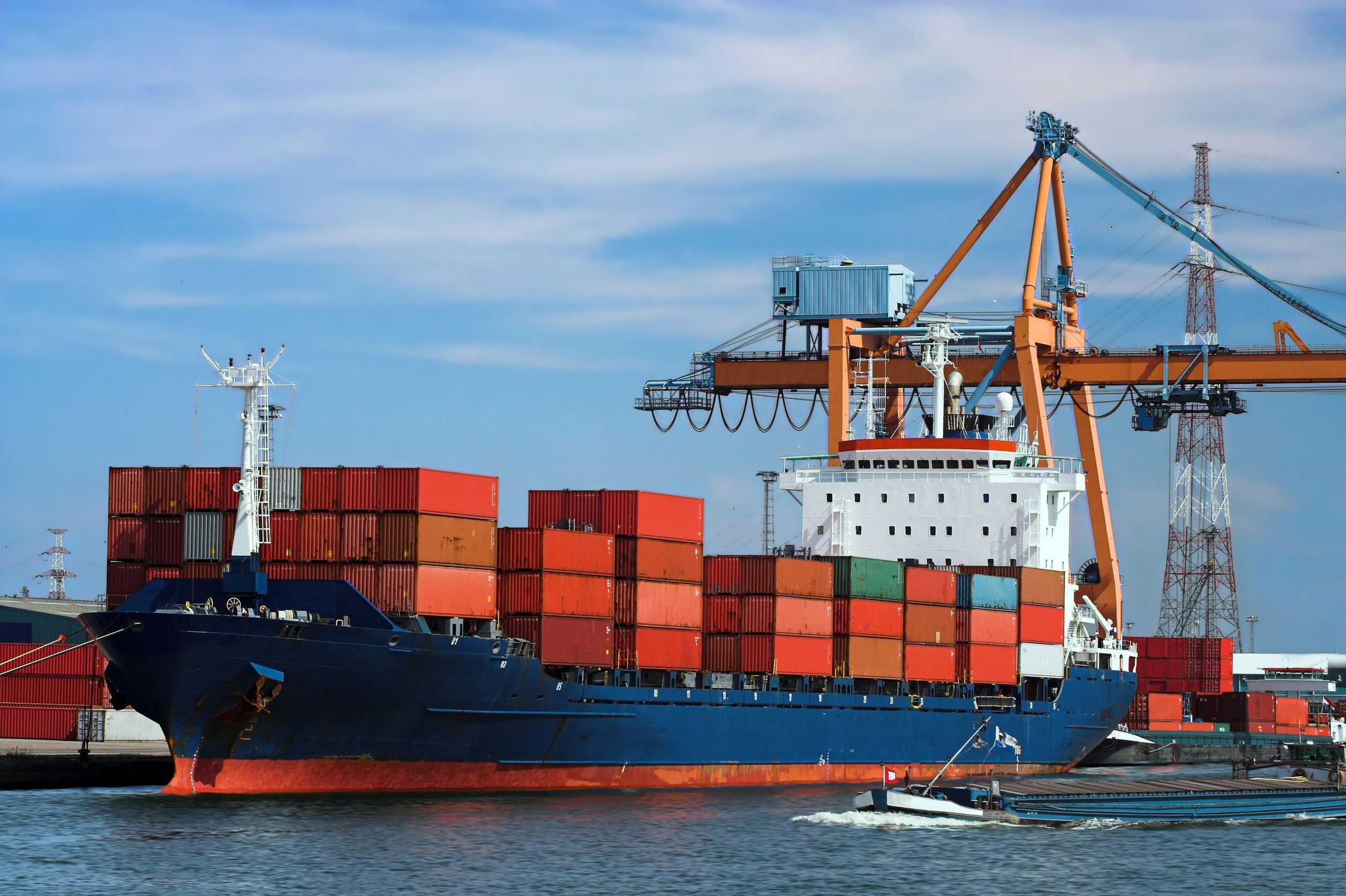Bundling orders for Germany shipments is a strategic way to reduce logistics costs, simplify customs processes, and improve delivery speed. Knowing how to bundle orders for Germany shipments allows you to consolidate multiple small shipments into larger ones, leveraging economies of scale and minimizing administrative burdens. This guide outlines practical steps to effectively bundle orders for your German supply chain.
1. Understand the Benefits of Order Bundling
Reduce Transportation Costs
Combining shipments lowers per-unit freight costs. For example, a single 20-foot FCL container to Hamburg costs ~\(1,200, while five LCL shipments (2.4 CBM each) may total \)1,500+ in fees.
Streamline Customs Documentation
Fewer shipments mean fewer commercial invoices, packing lists, and customs declarations. This reduces errors and speeds up clearance at German ports like Bremerhaven.
2. Identify Eligible Orders for Bundling
Group Orders by Destination
Cluster shipments bound for the same German region (e.g., Berlin, Frankfurt) to optimize last-mile delivery. Use a logistics map to visualize concentration points.
Combine Orders from Multiple Suppliers
Work with suppliers on Yiwugo.com or Alibaba to coordinate shared pickup dates. For instance, merge electronics from Supplier A and textiles from Supplier B into one consolidated shipment.
3. Choose the Right Bundling Method
Full-Container Load (FCL) Bundling
Ideal for large orders (20+ CBM). Book a dedicated container through carriers like Maersk, ensuring all items ship together from Shanghai to Hamburg in ~30 days.
Less-Than-Container Load (LCL) Consolidation
Use a freight forwarder’s consolidation services to merge small orders into a shared container. Providers like China Top Freight offer LCL hubs in Ningbo, reducing transit time by 2–3 days.
4. Optimize Packaging and Labeling
Standardize Packing Sizes
Use uniform boxes (e.g., 50cm×40cm×30cm) to maximize container space. Test stackability to avoid damage during transit.
Apply Clear Bundle Labels
Include a master tracking number and a manifest list on each package, noting the total number of items in the bundle (e.g., “Package 1 of 5, Order ID: DE2023-07”).
5. Coordinate with Suppliers and Logistics Providers
Set Shared Deadlines
Communicate cutoff dates for order submissions (e.g., “All items must reach the consolidation warehouse by July 15”).
Leverage Warehouse Services
Use bonded warehouses in China (e.g., near Ningbo Port) for short-term storage. Providers can inspect, repack, and label items before bundling.
6. Manage Customs and Compliance
Submit a Single Customs Declaration
Use the harmonized system (HS) code for the primary product in the bundle. For mixed items, list all HS codes sequentially on the commercial invoice.
Declare Bundle Value Accurately
Sum the FOB value of all items to avoid under-declaration penalties. For example, a bundle of \(8,000 worth of goods should not be listed as \)5,000.
7. Track and Monitor Bundled Shipments
Use End-to-End Tracking Tools
Platforms like 17TRACK or CargoWise provide real-time updates on bundled shipments, from warehouse pickup to German customs clearance.
Alert Recipients in Advance
Notify customers of the consolidated shipment’s ETA and provide a single tracking link for all items.
In conclusion, mastering how to bundle orders for Germany shipments requires strategic grouping, efficient logistics coordination, and careful compliance management. By consolidating shipments, you can reduce costs, simplify documentation, and enhance delivery reliability to Germany. For personalized bundling solutions and end-to-end logistics support, consider partnering with experienced providers like China Top Freight to streamline your supply chain operations.Utilize China Top Freight to help solve the problems you are facing. Contact us today to embark on your smooth transportation journey!


